Kalanchoe Plant – Red
- Brand: Plantozia
₹424.00₹948.00 (-55%)
Out of stock
- Watering: Water when soil is dry.
- Light: Indirect sunlight.
- Pet-Friendly: Toxic to pets if ingested.
- Low Maintenance: Easy care.
- Plant Size: Kalanchoe Plant – Red is Medium size.
Kalanchoe Plant – Red Care Tips:
1. Light Requirements: Kalanchoe plant – Red thrive in bright, indirect light. In India, where sunlight can be intense, it is crucial to place the plant in a location where it can receive ample sunlight without being exposed to the harsh midday sun. An east or west-facing window is ideal, allowing the plant to soak in the morning or afternoon sun, which is less intense than the midday rays. If growing outdoors, ensure the plant is shaded during peak sunlight hours to prevent leaf burn. Insufficient light can lead to leggy growth and fewer blooms, so maintaining the right balance is key.
2. Watering: Kalanchoe plant – Red is a succulent, meaning it stores water in its leaves and requires less frequent watering than other houseplants. In the Indian climate, water the plant thoroughly when the top inch of soil feels dry to the touch. Ensure that the pot has drainage holes to prevent water from pooling at the bottom, which can cause root rot. During the winter months, reduce the frequency of watering as the plant’s growth slows down. Overwatering is a common issue with Kalanchoe, so it’s better to err on the side of underwatering.
3. Soil: A well-draining soil mix is essential for Kalanchoe plant – Red. A cactus or succulent potting mix works well, as it ensures proper drainage and aeration. You can also create your own mix by combining regular potting soil with sand or perlite. In India, where the climate can be humid, it’s vital to avoid using heavy soils that retain too much moisture. Repotting every 1-2 years with fresh soil helps prevent nutrient depletion and maintains soil health.
4. Humidity: Kalanchoe plants prefer low to moderate humidity levels. The average indoor humidity in most Indian homes is sufficient for this plant. If you live in an area with high humidity, ensure good air circulation around the plant to prevent fungal issues. Conversely, in dry conditions, occasional misting or using a humidifier can help, but it’s generally not necessary for Kalanchoe. Avoid placing the plant near heaters or air conditioners, which can create extreme dry conditions.
5. Fertilization: Feed your Kalanchoe plant – Red with a balanced, water-soluble fertilizer diluted to half strength every 4-6 weeks during the growing season (spring to early autumn). Over-fertilizing can lead to salt build-up in the soil, which can damage the roots. In India, where the growing season can be extended due to favorable weather, regular feeding helps support vibrant blooms and healthy growth. Reduce or stop fertilization during the dormant winter months to allow the plant to rest.
6. Low Maintenance: Kalanchoe is a low-maintenance plant, making it ideal for busy individuals or novice gardeners. Regularly remove dead or yellowing leaves to keep the plant looking tidy and to prevent disease. After flowering, you can deadhead spent blooms to encourage new growth and potential re-blooming. The Kalanchoe plant – Red is relatively pest-free, but keep an eye out for common issues like aphids or mealybugs and treat them promptly with insecticidal soap or neem oil.
7. Air Purification: While Kalanchoe plant – Red is not specifically known for its air-purifying qualities, it still contributes to a healthier indoor environment by photosynthesizing and releasing oxygen. Its vibrant red flowers and attractive foliage can enhance the aesthetic appeal of your home, creating a more pleasant and inviting atmosphere.
8. Non-Toxic: Kalanchoe plants are considered toxic to pets and humans if ingested. They contain compounds called bufadienolides, which can cause vomiting, diarrhea, and other gastrointestinal issues if consumed. It’s essential to keep the Kalanchoe plant – Red out of reach of children and pets. If ingested, seek medical attention promptly. While handling the plant, it’s advisable to wear gloves to avoid any potential skin irritation.
9. Pet Friendly: As mentioned, Kalanchoe is not pet-friendly due to its toxic nature. If you have curious pets like cats or dogs, consider placing the plant in a location that is inaccessible to them, such as a high shelf or a hanging planter. Alternatively, opt for pet-safe plants if you have pets that tend to chew on houseplants.
By following these care tips, your Kalanchoe Plant – Red can thrive in a pot, adding a burst of color and charm to your indoor or outdoor space in India. With the right light, watering, soil, and care, this beautiful succulent will reward you with its vibrant blooms and lush foliage.
Additional information
| Weight | 0.1 kg |
|---|---|
| Dimensions | 5 × 5 × 5 cm |
Only logged in customers who have purchased this product may leave a review.

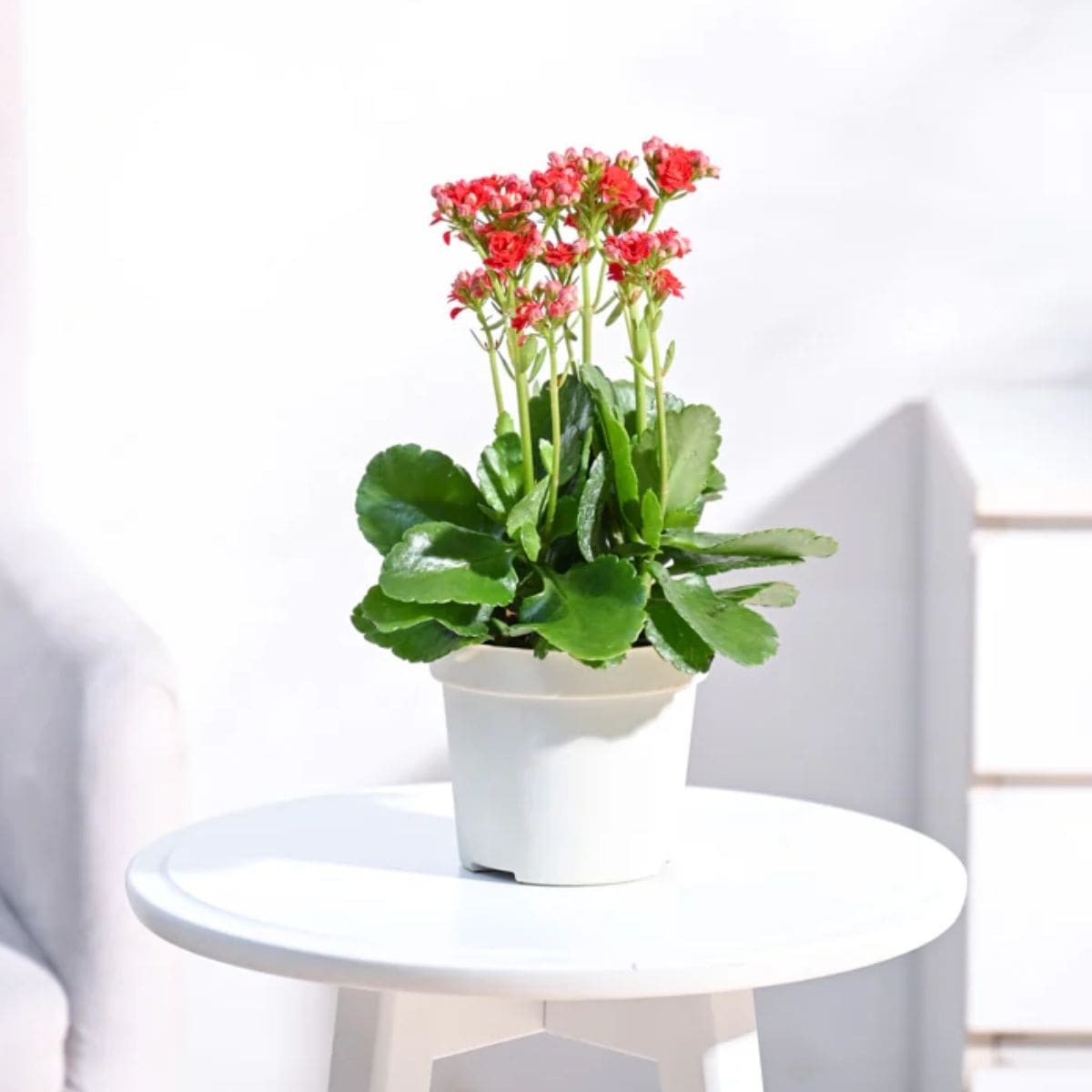
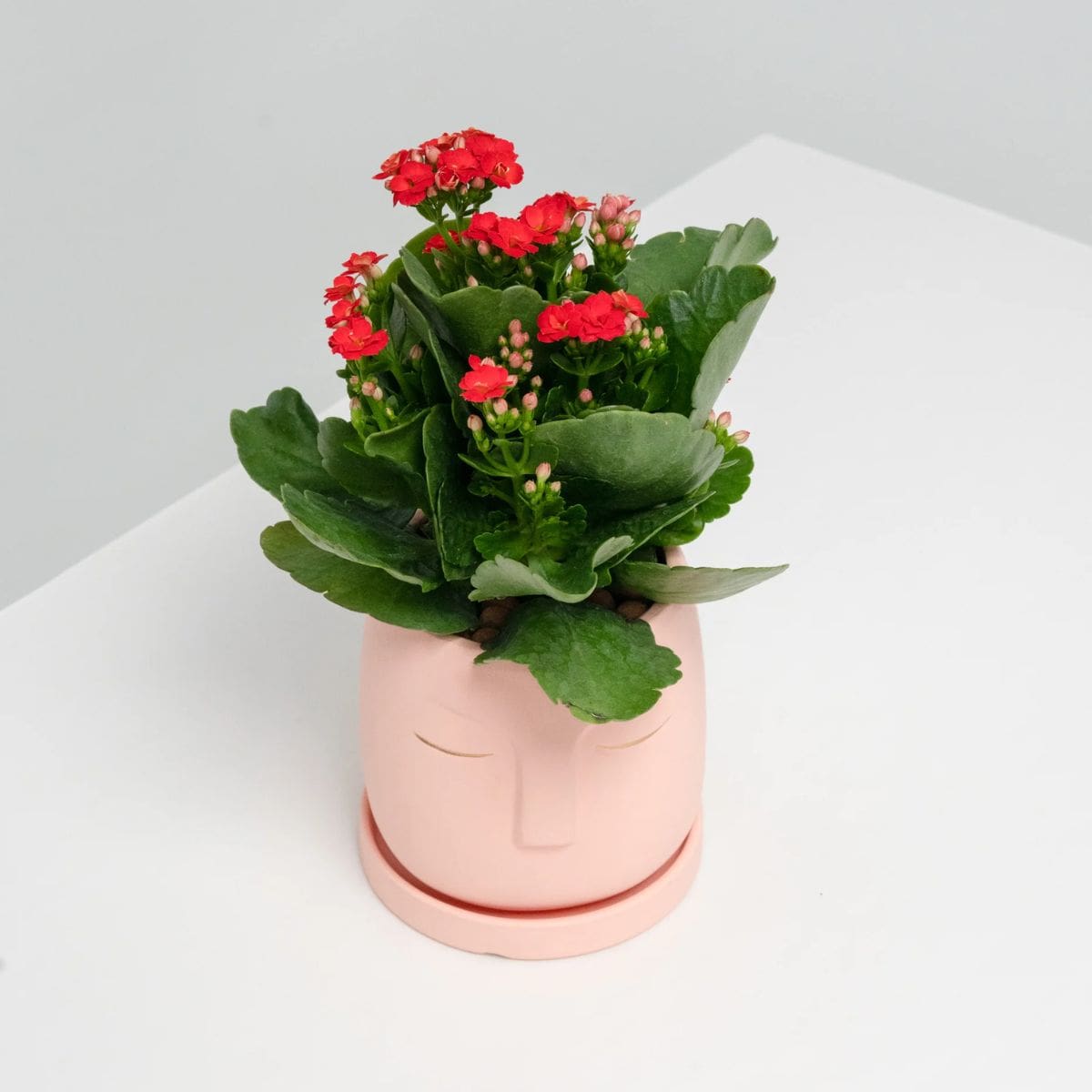
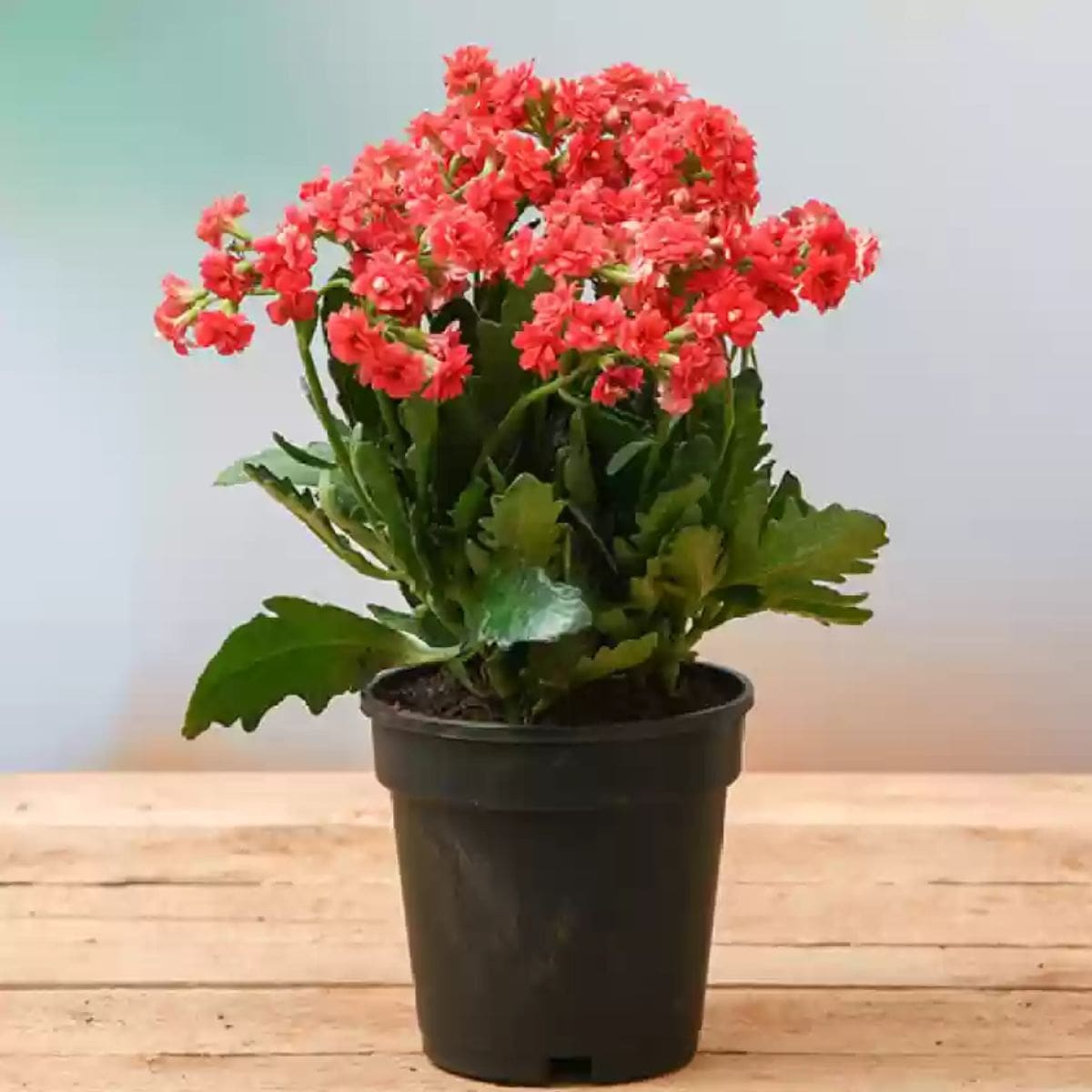


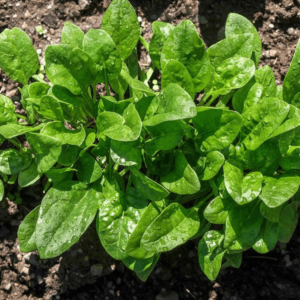




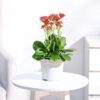
Reviews
There are no reviews yet.